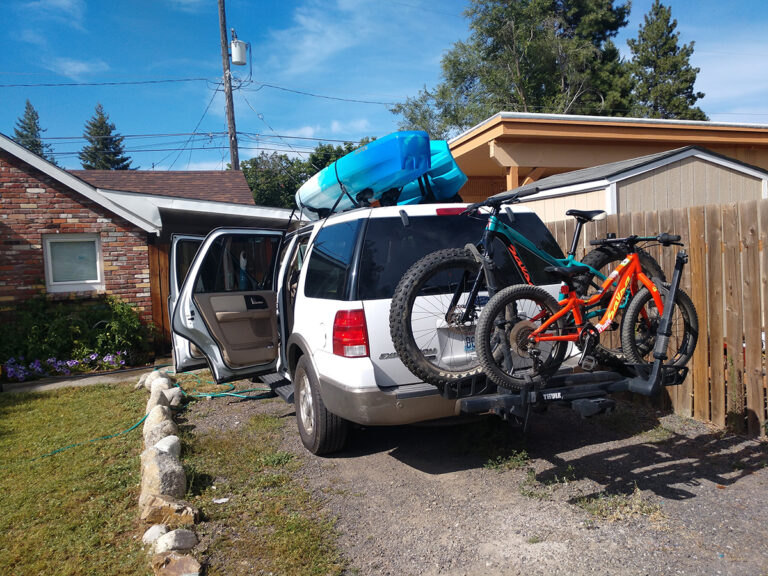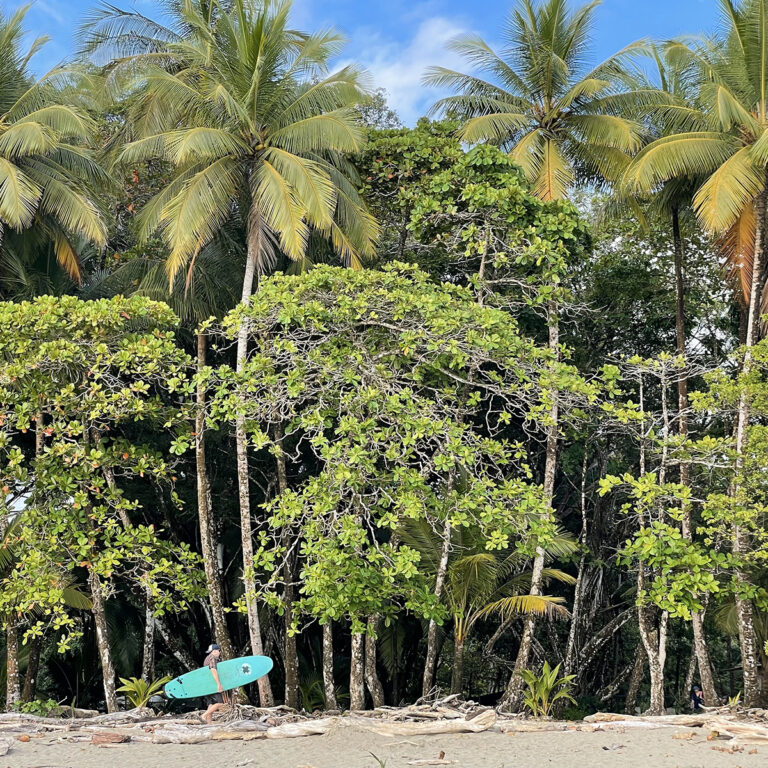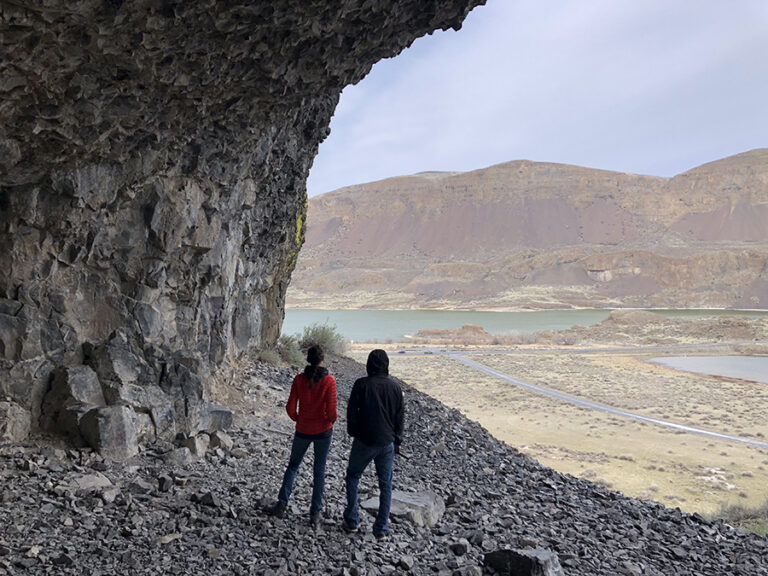Which passes you’ll need and what activities you can do on different lands
For anyone who has ever been a bit confused by the breakdown of various land managers, which recreation pass is required where, and what activities are generally allowed, this guide will serve as a handy reference and starting point to explore your public lands! Always do your own research for specific locations, as rules may vary from park to park, and even from one season to the next. This reference is divided into categories of local, state, and national public lands.
LOCAL PARK & CONSERVATION LANDS
Local parks and conservation areas are the first category of public lands, generally managed by either cities or counties. They tend to have the most restrictive use rules, generally with specific open hours, but also frequently offer amenities. Most (but not all) do not allow camping as a permitted use. Most are fee-free too. Examples include Camp Sekani Park managed by the City of Spokane and Antione Peak Conservation Area managed by Spokane County.
STATE LANDS
State-owned lands are the second bucket of public lands. They additionally fall into different categories of state land. These lands frequently require an access fee. Non-motorized recreation is a major aspect of what state parks provide to the public, and these parks typically offer developed trail systems. Many provide fee-based developed camping, at least seasonally. Hunting is typically not allowed. Local examples are Riverside State Park in Spokane and Farragut State Park near Sandpoint.
State wildlife management agency lands, like the Sherman Creek Wildlife Area in Northeast Wash., are also state-managed lands, but with an emphasis on wildlife habitat and with hunting and fishing being the main forms of recreation. Other forms of non-motorized recreation are generally permitted, although there may be seasonal closures to protect wildlife. Dispersed camping is frequently allowed.
Department of Natural Resources lands are state-managed lands that have an emphasis on timber harvest, generally to provide funding for schools. Recreation is typically permitted, although not all DNR lands will have developed trail systems and there may be closures due to timber harvests. Hunting is typically allowed, and dispersed camping is frequently permitted.
In Washington, a Discover Pass ($30 annually/$10 daily) is required on state-owned lands. In both Idaho and Montana, the fee is different for in-state versus out-of-state visitors. In Oregon, passes are $5/day, $30/year, or $50/2 years.
FEDERAL LANDS
Federally-owned lands are the last category, and vary widely in what is allowed. Many offer both motorized and non-motorized recreation. Most allow hunting (although not in national parks) and either developed or dispersed camping. These include United States Forest Service Lands like the Idaho Panhandle National Forest, Bureau of Land Management lands like the Juniper Dunes Wilderness in eastern Wash., National Parks (both U.S. and Canada) such as Glacier National Park, and National Wildlife Refuges like Turnbull west of Spokane.
Fees are frequently required on federally owned lands, but the fee structure varies among different types of federal ownership. National Parks generally require daily entrance fees (or an America the Beautiful pass in the U.S.) and backpacking generally requires a permit. USFS lands sometimes have site-specific fees (frequently covered by an annual NW Forest Pass) but also have numerous dispersed camping areas that are fee-free. BLM and Wildlife Refuges are generally fee-free. BLM typically allows dispersed camping.












